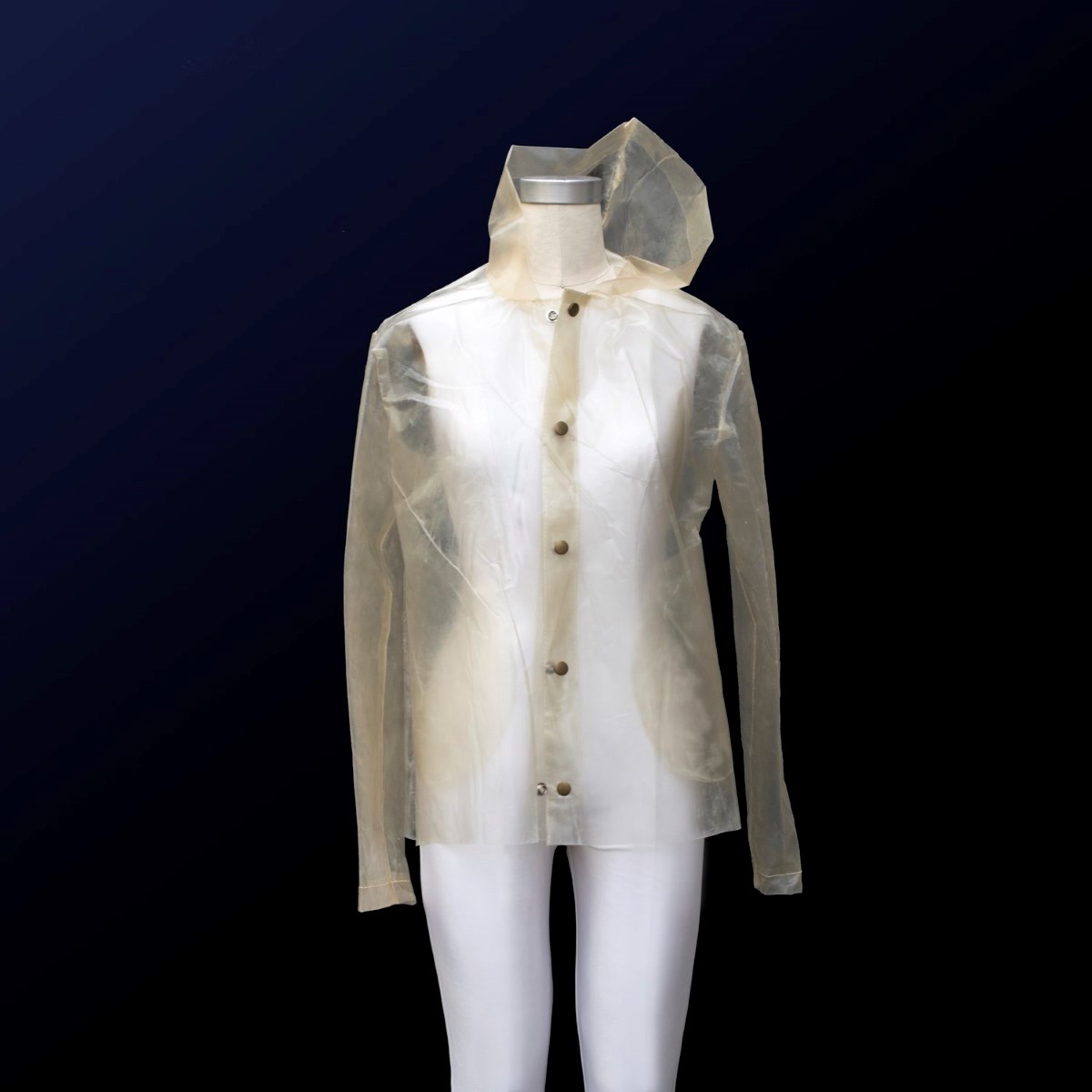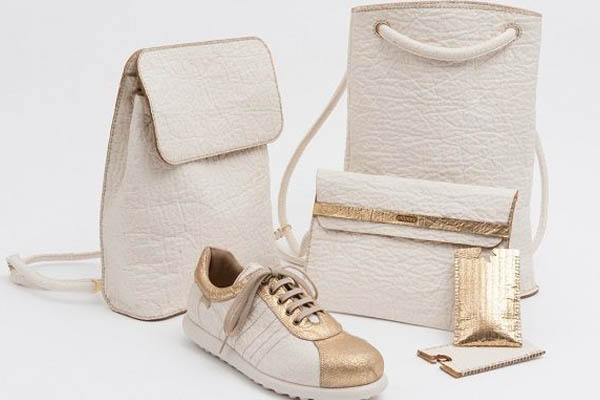InnoFashion is our rubric that collects the latest news from the fashion world trying to grasp the most innovative this fascinating world expresses.
by Marinella Verni |•|

Research in the fashion world is today more sensitive to the ecosystem and the environmental impact. The clothes of the future may contain fibers that derive from fungi, pineapple, algae, banana leaves. There are several designers who want to contribute to the well-being of the environment, producing innovative fabrics of natural origin and with low environmental impact or that can even help the environment by absorbing carbon dioxide present in the air. Several companies, start-ups and designers are committed to pursuing this goal. One of the most interesting is the creation of designer Charlotte McCurdy from New York, who created a waterproof raincoat with a transparent bioplastic based on algae dust. The material is "carbon-negative" and exploits the ability of algae to extract carbon dioxide from the atmosphere, cleaning it up.

The jacket was presented at Nature - The Cooper Hewitt Design Triennial. Fast Company selected it as the winner in the Experimental category in 2019 Innovation by Design award. Start-up Post Carbon Lab has even created clothes that perform photosynthesis. A layer of live algae placed on the fabric, they absorb carbon dioxide and emit oxygen. A T-shirt, about one square meter in size, according to co-founder Dian-Jen Lin, produces the same amount of oxygen as a six-year-old oak. The project, which was previously being tested, is now being studied to bring it to be marketable with the possibility of making shoes, backpacks, curtains, umbrellas and canopies for construction thanks to its potential resistance.

These materials must be managed differently from traditional ones. They cannot be stored in the closet in the dark but must be kept in the light and in a ventilated area and must be washed by hand. There are also other innovative and ecological fabrics including Piñatex, alternative to leather, derived from pineapple leaves and invented by the Spanish entrepreneur Carmen Hijosa.

The Mycotex, extracted from mushrooms and created by the Dutch Aniela Hoitink. The revolutionary fabric can be repaired when needed e, once the dress is no longer usable, it is easily composted. Recently presented at Fungal Futures in the form of a dress.





